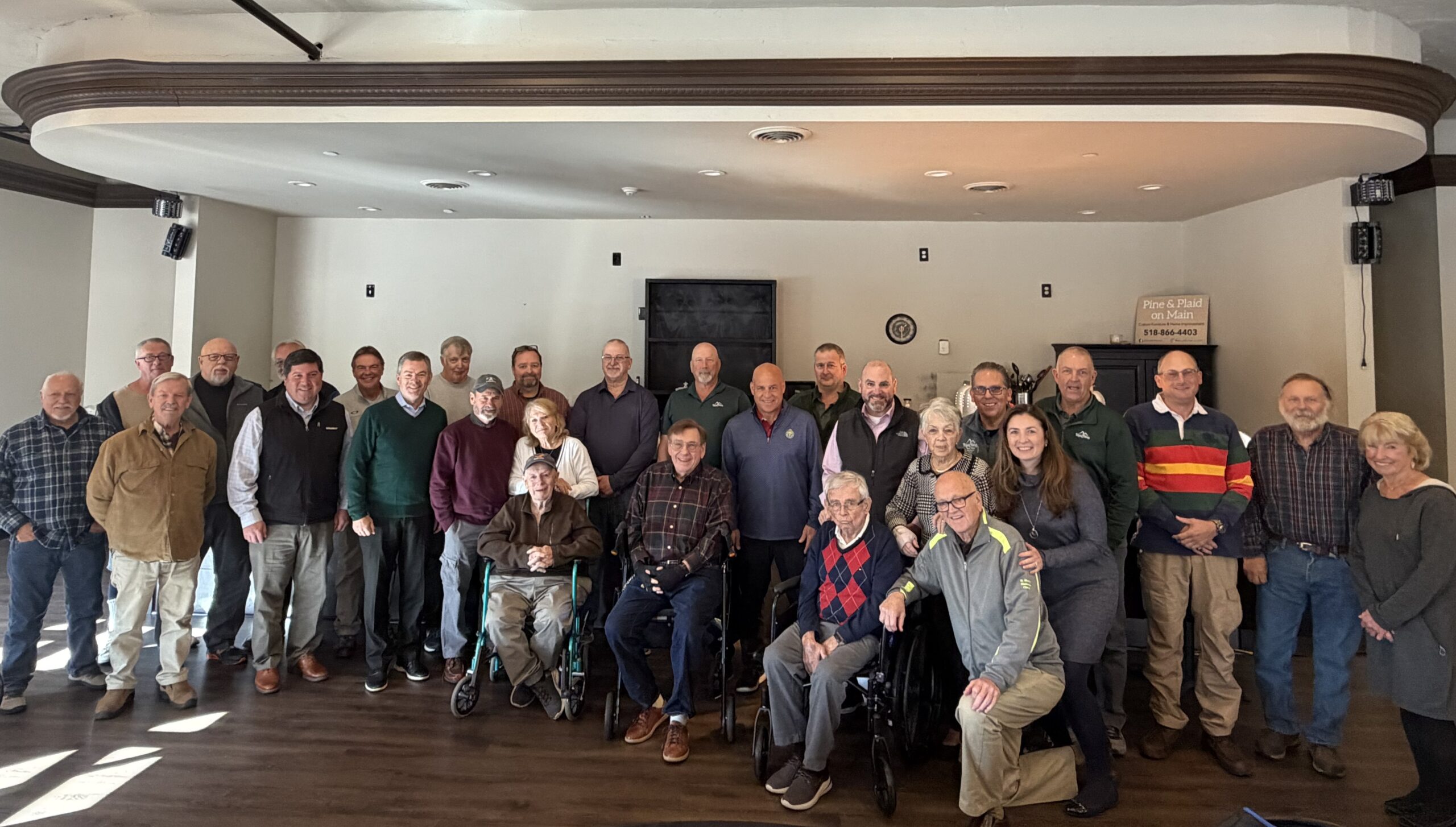If you are like most companies in the boating industry, you are currently understaffed and busier than you have been in the last 15 years. Though there are longer term solutions in the making, addressing the shortage of skilled workers right now can feel like an impossible challenge.

At the time, my office was located at a bustling boatyard that was on a growth trajectory. I watched how the once robust yard crew resized to a bare minimum as the recession took hold. The owner, a successful entrepreneur in his mid-thirties, said to me, “When a recession hits, smart businesses cut deeper than appears necessary to ensure there are enough resources to keep the remaining team retained and strong through the downturn.”
Only one month before the stock market crashed that year, the organization I worked with was awarded a $450,000 grant from the state to recruit, train and place 150 new workers into the boating industry. It was obvious that the industry did not need an influx of new workers. Employers needed resources to retain the workers they still had and keep the doors of their businesses open.
So, through a series of conversations with industry businesses, a plan was devised to redirect the grant funding to cross training and upskilling the workforce that remained employed, also known as incumbent workers, rather than engaging and training new workers. That allowed employers to increase the capacity of their existing workforce … to do more with less.
That investment in the existing workforce proved to have more benefits than anticipated and more lessons — ones that we can apply in today’s market. Here are some of the outcomes:
- Offset payroll expenses — Because many of the businesses used members of their own staff to provide cross-training, the grant funding inadvertently offset the costs associated with the trainer’s weekly paycheck. With our current industry’s Baby Boomer population, your most experienced workers can also be your best trainers.
- Strengthen team dynamic — Teams that work hard together to achieve a goal will naturally form a bond. The staff that “made the cut” or remained employed, gained respect for one another and learned how to function together. Each individual became a trainer in their area of expertise and a student in other areas.
- Build employee allegiance — With the employer’s choice to invest in the team, the employees felt valued and safe in their jobs. This translated into a commitment to the job and the business. It created a brand-loyalty and pride-in-product among employees. It also increased employee productivity and retention for many years to come.
- Poise for growth — As the industry came out of that recession, the companies who utilized the grant’s training funds were higher functioning, highly skilled and ready for the industry’s regrowth.
It’s challenging to have to cut your resources. However, if embraced, it can lead to innovation. It was Winston Churchill who said, “Never let a good crisis go to waste.” Whether we are headed for a recession or are chronically understaffed or some combination of both, there is opportunity, a silver lining to be found.
The benefits of training existing staff were unequivocally proven during the Great Recession. The success stories created during that time have been used to secure ongoing incumbent worker training funds, and they showcase the boating industry’s ability to successfully train on the job, to invest in its workforce, and to promote from within.
If you are interested in learning more about funds to train your employees in your area, reach out to your local Workforce Investment Board (WIB) to inquire. You can find your local WIB here. Questions about workforce development can also be directed to Wendy@mraa.com




